Cards In This Set
| Front | Back |
|
Transmitted by intercourse and oral sex and from mother to daughter. Primary infection: Chancre at site of infection Secondary: system symptoms with rash on Palms and soles of feet
|
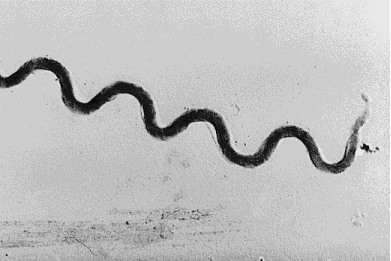 Syphilis (Treponema pallidum) |
|
Bacteria, end-hook allows for better attachment to host, found in tropical and temperate regions. Often in Kidey tubules. Transmission from urine of infected animal or enviroment
|
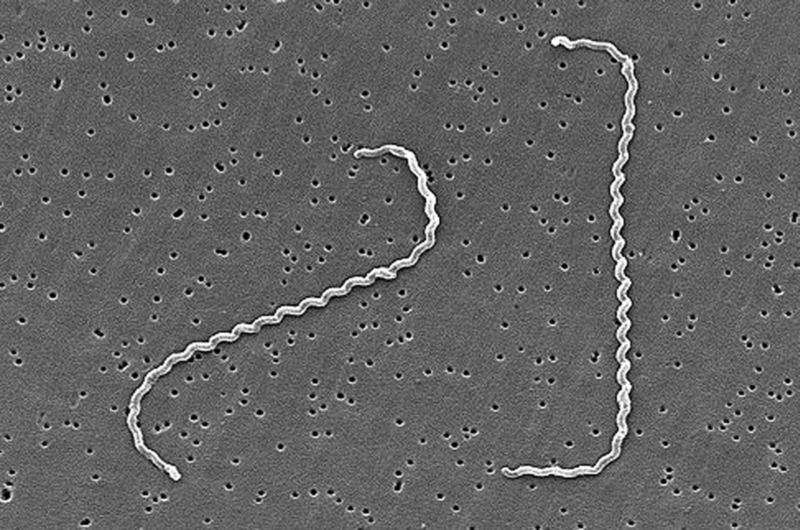 Leptospira interrogans |
|
Tick born infection common in North America Red rash with consitutional symptoms chronic arthiritis and CNS effects
|
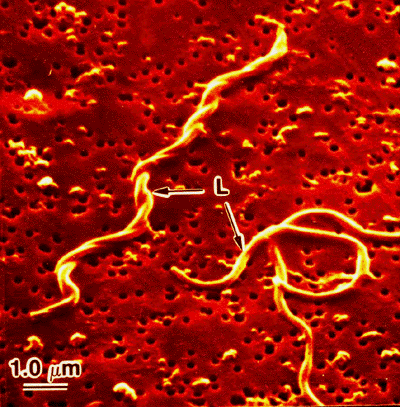 Borrelia burgdorfei |
|
Ticks and lice used as vector for transmission. High fever (up to 43oC) for a couple days followed by hypotension and drop in temp. Peripheral blood smear with Gemsa or Wright staining to confirm diagnosis
|
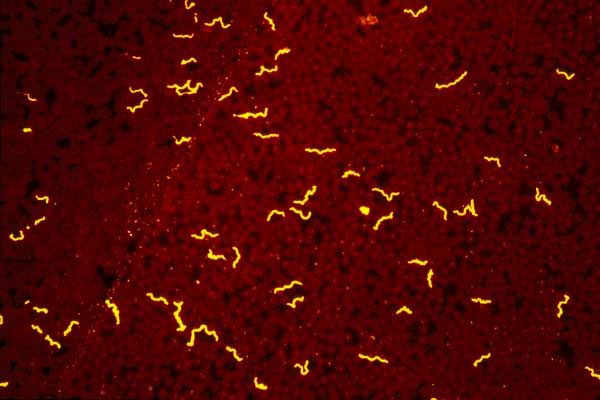 Relapsing Fever: Borrelia hermsii, Borrelia turicatae and Borrelia reccurentis) |
|
Tropical areas of Africa, Asia, S. America. High lipid content Relies on host for fatty acids, nucleotides and amino acids. Direct person-to- person contact (through break in the skin); children under 15 more likelytobeaffected. 1o stage: lesion at inoculation site after 3 wk incubation 2o stage: widespread dissemination through blood results in multiple skin lesions Latentstage:symptomsusuallyabsent for up to 5 y; relapse may occur
3o: bone, joint and soft tissue lesions and deformities may occur
|
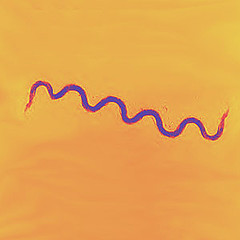 5 – Yaws (Treponema pallidum pertenue) |
|
Food poisoning/intoxication, toxin mediated skin syndrome. Hospital acquired infection. oFten resistant to many antibiotics. Typically infects wounds or catherters. Many people are carriers. Coagulase +ve Gram +ve, coccus.
|
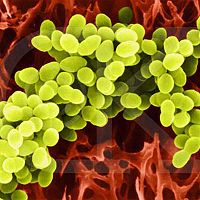 Staphylococcus aureus |
|
Coagulase -ve, gram +ve coccus. Opportunistic infection often found in blood. Part of the normal flora of skin. Forms biofilms on plastic. Can cause endocarditis peritonitis bacterimia
|
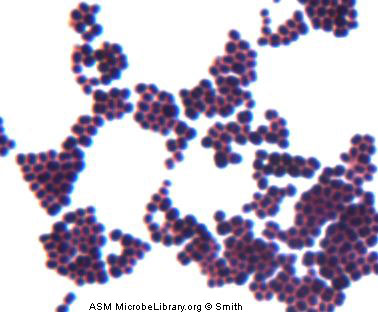 Staphylococcus epidermis |
|
Normal GI flora, coagluase -ve gram +ve coccus. 2nd most common UTI in females. Surface adherens facilitate attachment
|
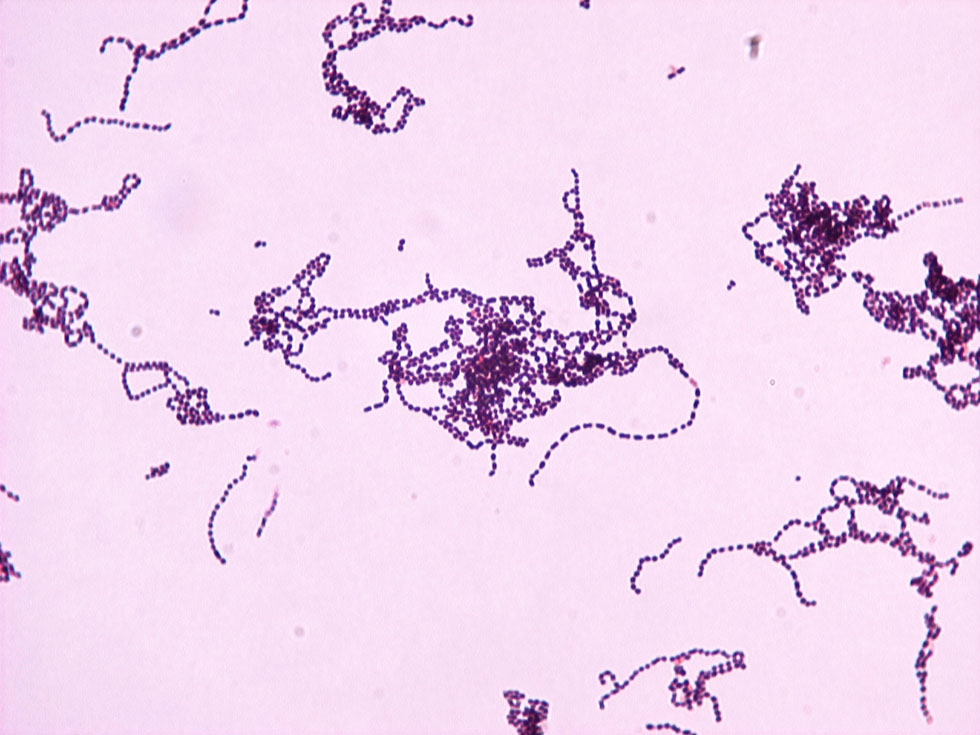 Staphylococcus saprophyticus |
|
Coagluase -ve gram +ve coccus part of normal skin flora can cause skin or soft tissue infections as well as endocarditis
|
Staphylococcus lungdunensis
|
|
Coagluase -ve gram +ve coccus part of normal skin flora can cause skin or soft tissue infections as well as wound infections
|
Staphylococcus haemolyticus
|
|
Scarlet Fever, pharyngitis necrotizing fascitites rheumatic fever. Direct person to person transmission.
|
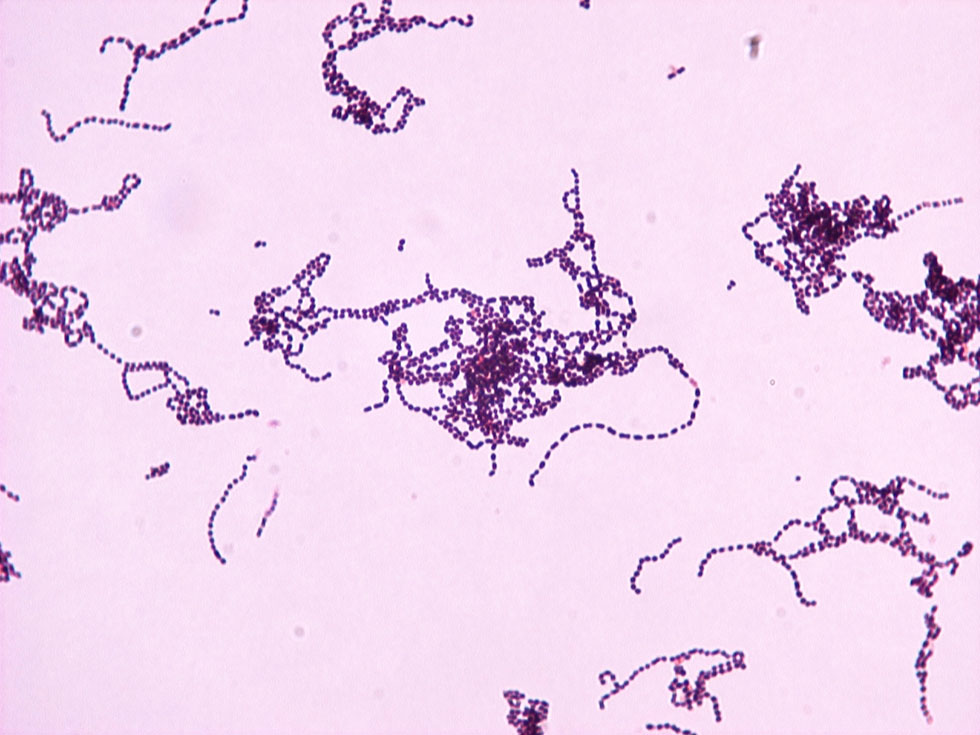 Streptococcus pyogenes |
|
Gram +ve bacteria belonging to the lactic acid bacteria group. Coccus Neonates pheumonia sepsis and meningtis. Droplet transmission
|
Streptococcus agalactiae
|
|
Gram +ve bacteria belonging to the lactic acid bacteria group. Pneumonia Meningitis and Otitis media. droplet transmission.
|
Streptococcus pneumonia
|
|
Font Size... Font Family...
Gram -ve bacillus Aerobic. Commensal bacteria in large intestine motile with peritrichous flagellae. Fecal-oral transmission. Causes Gastroenteritisi and heat stable/labile enterotoxin which prvents water absorption in intestinal cells. Causes 90% of UTIs. Causes neonatal menintisis
|
Escherichia coli
|
|
Gram -ve facultative anaerobe. transmitted in contaminated food or water. produces diarrhoea abdomonal pain and fever. Infects small bowel and proximal large bowel. Can invade to the basolateral side and replciate within macrophages and avoid innate immune response and form granulomas and microabcesses
|
Yersinia enterocolitica
|



